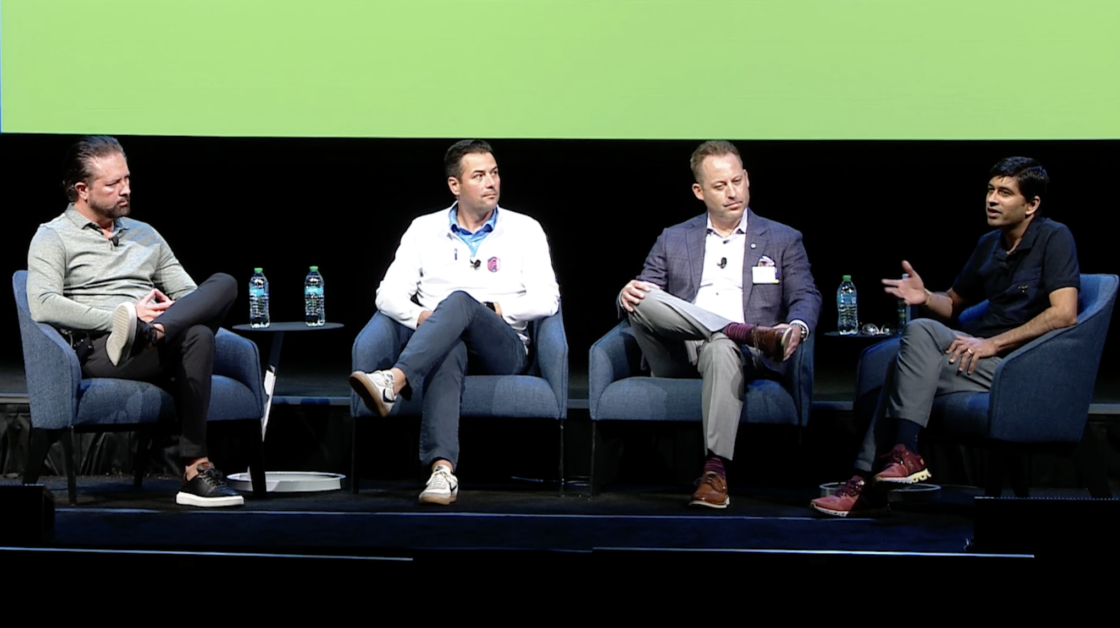Executive Insights: eClose Myths vs. Reality
Real-world lessons from Mr. Cooper, BMO, and US Bank on adopting digital closings.
Watch video about Executive Insights: eClose Myths vs. Reality
Real-world lessons from Mr. Cooper, BMO, and US Bank on adopting digital closings.
Watch video about Executive Insights: eClose Myths vs. Reality
Where we’re headed & how financial institutions can adapt and thrive in this evolving environment.
Watch video about Expert Panel: Fannie Mae Chief Economist on Market Outlook
Learn how Blend helped UBT elevate and accelerate its new account opening process.
Read the article about Union Bank & Trust implements omnichannel onboarding with Blend
Learn how additional training resulted in a 98% adoption of Blend’s Mortgage Suite from FSB Loan Officers and Processors.
Read the article about First State Bank of St. Charles maximizes value through Blend
New strategic partnership to enhance long-term growth and value creation for Blend customers.
Read the article about Blend Announces $150 Million Investment from Haveli
Breaking down the most impactful features of a fully digital, end-to-end deposit account solution.
Read the article about 10 digital features to supercharge your deposits growth